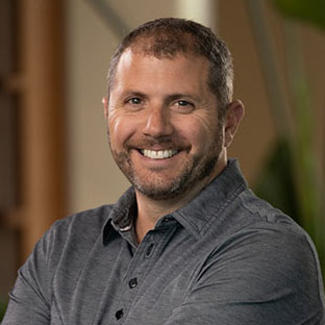Fired Up: The Million Dollar Question
How do you get spec’d by an architect? It’s the building industry’s million dollar question.
There are approximately 113,500 licensed architects in the U.S. (according to the National Council Architectural Registration Boards). That might not seem like a big number, but think about it this way. Between 2008 and 2012, those architects helped design and specify materials in over 300,000 commercial buildings. That’s a whole lot of purchasing power when you consider the sheer volume of materials needed to make just one building come to life.
The problem, as we all know, is that it’s hard to figure out how or why a particular architect chooses one product over another. Some architects work for small one-person firms. Others, large 100-plus person firms. Each architect―and firm, for that matter―has different preferences and project goals driving specification. So, how does your product make it into their spec? Numerous subscription services are out there offering to increase your specification rates. Are they the answer? The whole process is such a mystery that the American Institute of Architects allocated some research dollars to shed some light on the issue a few years back.
There are a lot of good takeaways from the study that are worth revisiting in the glass industry, but none more important than relationships. The survey found that almost 60 percent of the time an architect already knows the materials manufacturer he or she will use. Getting further into the weeds, seven in 10 architects said they prefer to go with a supplier they’ve already worked with before.
So, while I may not know the answer to the million dollar question, my takeaway is this: developing a solid foundation of mutual respect with the architect is key to gaining repeated access to the project vision and goals. As we head into the second half of the year, here are a few thoughts on how to keep building relationships that last.
How to build relationships that last
Let needs drive the conversation
In the push to design the latest and greatest building, basic project needs can get overlooked. Is the product expected to meet certain fire-rated requirements? What about energy performance or resilient design standards? Making sure these crucial needs are met first, then addressing the bells and whistles, can help set realistic expectations about how your product fits into the project. It also leaves time for creative problem solving if codes or performance requirements impact aesthetics.
Go beyond the transaction
It’s easy to fall into transactional relationships when schedules are busy. But there’s a lot of truth to the adage, “out of sight, out of mind.” To set yourself up as a reliable and trustworthy partner that stays present, consider what you can do to make the architect’s job easier. This can be a simple as providing assistance understanding building codes or as involved as helping with the design-build phase.
Show, don’t tell
It’s one thing to talk about your product. It’s another to build credibility and show what it can do. I was reminded of this basic principle during a recent interview. The firm in reference needed a fire-rated glazing solution for a historic retrofit. They wanted to preserve sightlines to a prominent dome, and traditional, opaque fire-rated materials would block the view. When we were able to show the firm how another company had solved a similar problem using our fire-rated glass floor system, it put the entire situation into context. Moving forward was quick and easy. The firm could visualize exactly how our product could meet their needs, and we were able to validate our work and build trust.
Prioritize quality
Few things undermine a relationship with an architect like getting to the end of a project and finding out that a poorly constructed material is compromising the overall design. Whether it’s on the shop floor or in a sales pitch, think beyond cost. Under-delivering can lead to re-ordered products, project delays and onsite custom work that cost more than the relationship in the long term.


